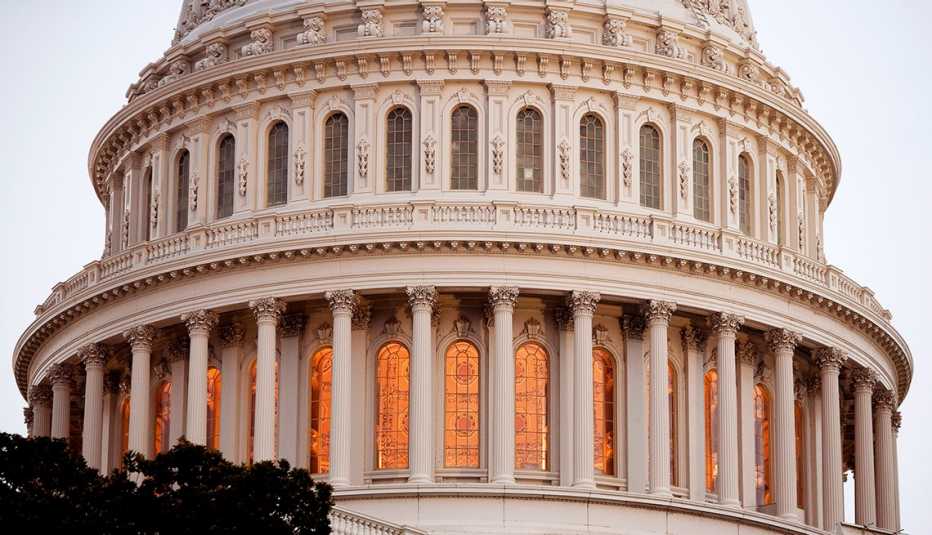Staying Fit


President Trump signed into law a massive tax overhaul bill on Friday, which deeply cuts tax rates for businesses but provides only temporary tax relief for most households and will likely raise health care costs for millions of older Americans. The legislation would also increase the federal deficit by $1.5 trillion, putting at risk critical programs vital to older Americans.
The tax measure was passed this month by the Republican-led Senate 51 to 48 and the House 224 to 201, with no Democratic support.


AARP Membership— $12 for your first year when you sign up for Automatic Renewal
Get instant access to members-only products and hundreds of discounts, a free second membership, and a subscription to AARP the Magazine.
Earlier this week, Congress voted to waive a law that would have led to cuts to Medicare and other programs vital to older Americans as a result of the tax overhaul. Under a 2010 “pay-as-you-go” law, also known as PAYGO, the jump in the deficit would trigger automatic spending cuts in several programs, including Medicare. According to the nonpartisan Congressional Budget Office (CBO), PAYGO requires total cuts of $136 billion in 2018, including $25 billion to Medicare alone.
“Such sweeping cuts would be detrimental to an already vulnerable population,” said AARP Chief Executive Officer Jo Ann Jenkins in a letter to Congress earlier this month. AARP urged Congress to waive required cuts to Medicare under PAYGO, as seniors could lose access to their doctors and local hospital services.
The tax overhaul legislation cuts the corporate tax rate from 35 percent to 21 percent. It eliminates personal exemptions and sets seven tax brackets, topping out at 37 percent. It nearly doubles standard deductions to $12,000 for individuals and $24,000 for married couples filing jointly. But the changes to individual tax rates would end after 2025, while the corporate tax break is permanent.
While many Americans would see lower taxes, most households would get little to no tax breaks by the time the individual rates expire. An analysis by Congress’ nonpartisan Joint Committee on Taxation released this week finds that the plan would lower taxes for most Americans in 2018, but noted that most of the gains would go to wealthy households. Moreover, once individual cuts expire, more than half of taxpayers would pay higher taxes by 2027.

































































More From AARP
AARP Poll: Voters 50+ Favor Republicans in 2024 Elections
Survey of most competitive congressional districts also has DeSantis doing better against Biden than TrumpAARP to Congress: Don’t Cut Medicare
The tax bill would trigger an automatic funding cut in the vital program